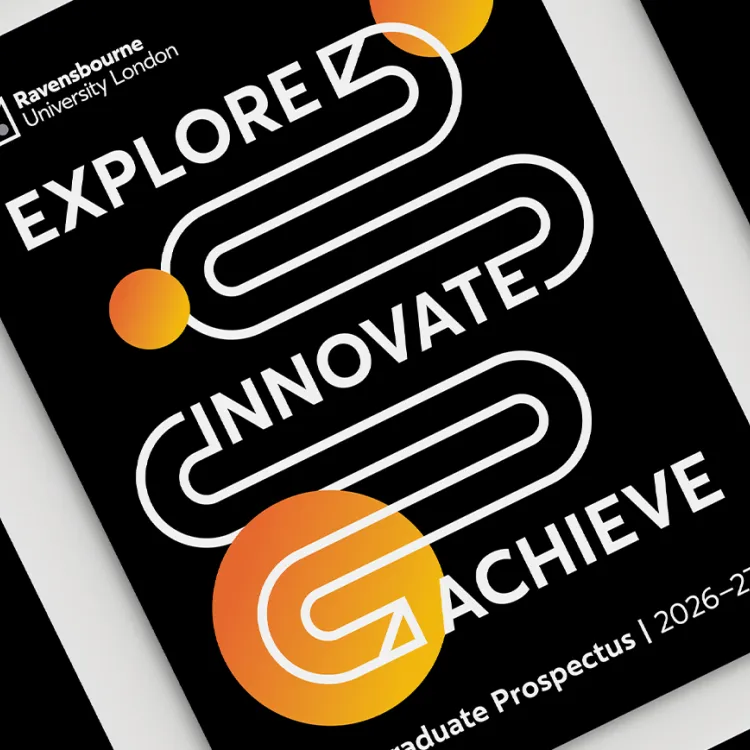Concept and creative process
Opening titles for special editions of the 'Tomorrow's World' magazine programme. Persistence of vision is the phenomenon through which the eye and the brain perceive the illusion of movement when viewing still images displayed in quick succession, e.g. in the cinema. Mechanical devices such as the phenakistiscope and the zoetrope, which were the precursors of true cinematography, demonstrated the phenomenon in the mid 1800s. The device, specially replicated here by designer Pauline Talbot (Carter) and mechanical engineer Percy Packman, was the Thaumatrope. This was a popular 19th century toy consisting of a disc with a different image on each side, like a bird and a cage, with two pieces of string attached. When twirled between the fingers and thumbs of both hands the two pictures blended together making a single image due to the persistence of vision. So, in this sequence of prestidigitation, even the title of the programme is an illusion, being incomplete on each side of the disc and only visible in motion thanks to this scientific phenomenon. The music was by John Dankworth and was the regular theme used on all ‘Tomorrow’s World’ programmes at the time.
